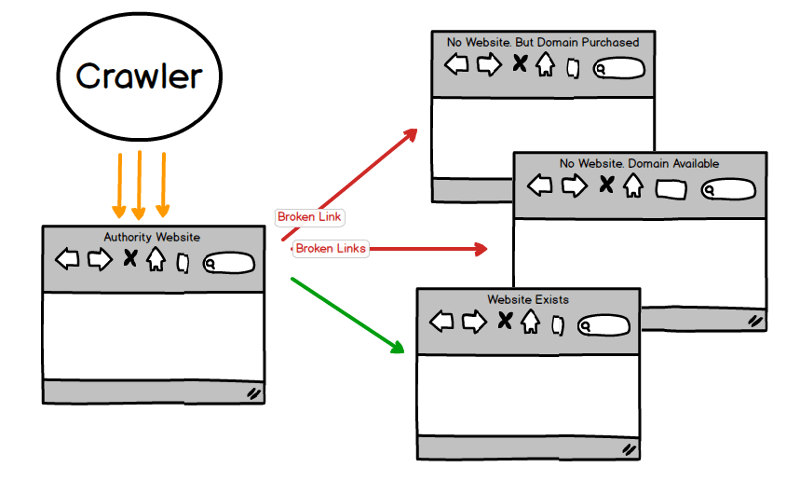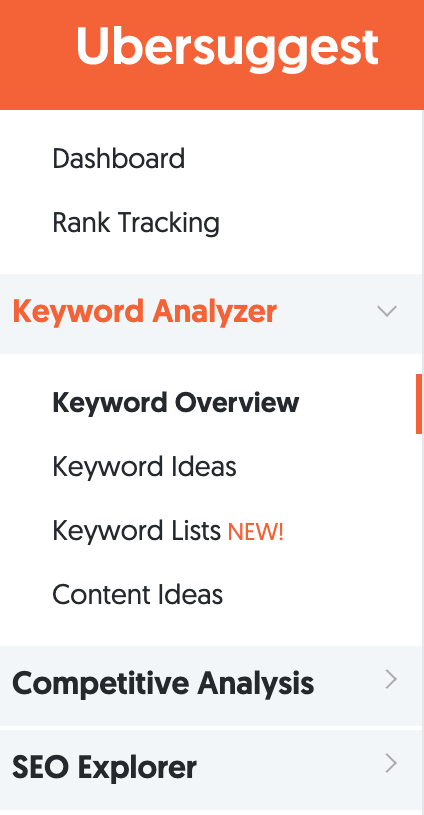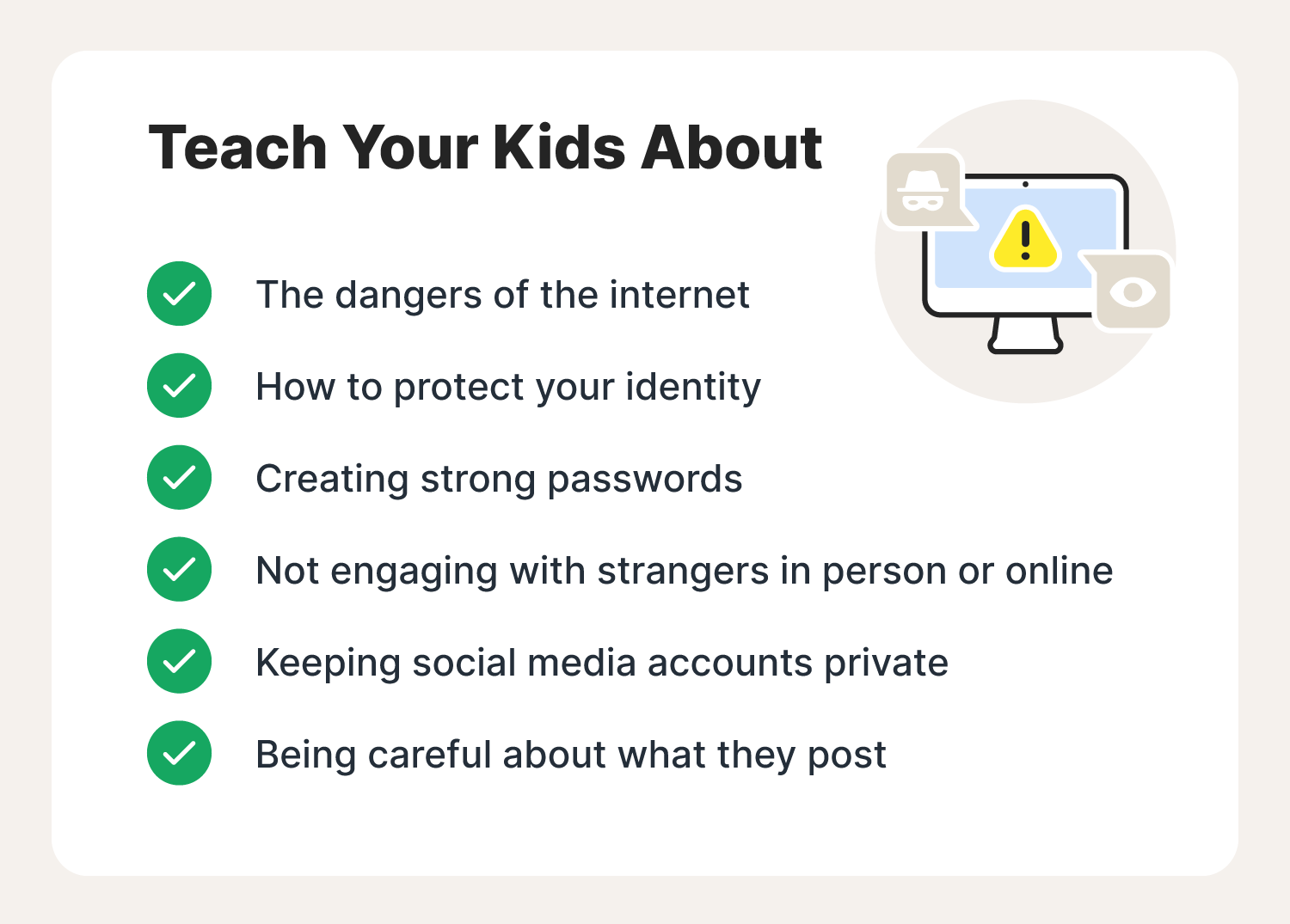All Categories
Featured
Table of Contents
- – Which Is The Most Popular Seo With Semantic Se...
- – What Is The Most Reliable Semantic Seo Service...
- – What Is The Leading Semantic Keyword Research...
- – What's The Leading Semantic Search Strategies...
- – What Is The Top Best Semantic Seo Tools Bran...
- – What's The Leading Semantic Seo Analysis On ...
- – Top Semantic Seo Platform Store Near Me
The internet is changing, becoming an increasing number of semantic. SEO is additionally altering and ending up being a lot more semantic. This is because internet search engine have developed and are relocating much more and much more in the direction of checking out content on the internet. Certainly, that has actually likewise transformed the means we produce material, especially if we desire to place far better in the search engines.
Intertwingularity is not usually acknowledged, people keep pretending they can make things deeply ordered, categorizable and sequential when they can't. Based on the connections between search intents, the search engine chooses a content in positioning by computing the range in between the vectors of definition.
It permits you to see, beginning with a subject, all the entities that belong to that subject. This means you can plainly see which entities/concepts/ideas have actually already been covered on your internet site, and you can discover new opportunities by comprehending what web content you can include and how to develop it.
Which Is The Most Popular Seo With Semantic Search To Buy
It has the ability to make your web content easy to understand for internet search engine on the one hand and for your target market on the various other. Structuring your web content design highlights your web content and its hidden relationships to make sure that online search engine can recognize you among thousands of pieces of details, making you much more noticeable to customers who fulfill the search intent associated to your company.
In semantic SEO copywriting, an editor starts from a wider variety of topics and customizes the content to consist of semantically pertinent terms and phrases that aid visitors recognize a subject, similar to reading web content in a wiki. From a material composing point of view, one useful method to do this is to create a vocabulary of terms and questions surrounding your target subject.
What Is The Most Reliable Semantic Seo Services You Can Buy
Discover more regarding by enjoying the by!.

Semantic search describes the procedure of just how online search engine recognize and match keyword phrases to a searcher's intent in organic search engine result. Before semantic search, search engines like Google operated like matchmakersaligning details words in your query with those exact words on pages. The results were uncomplicated however often lacked deepness.
What Is The Leading Semantic Keyword Research Service
It allows Google to use fast, exact responses to look inquiries regarding real-world subjects. When you type an inquiry word into Google, you're not just entering a series of words. You take advantage of a complex web of definitions and links. Google's Knowledge Graph sees these words as entities with context and relationships.
When you look for "Apple," Google does not simply see a word that defines a fruit. It acknowledges Apple as a company and can supply relevant details. Like the name of its chief executive officer, Tim Cook, or its latest stock prices. Google revealed the Hummingbird update in 2013. It was Google's response to the surge of voice searches, where queries ended up being extra conversational and nuanced.
What's The Leading Semantic Search Strategies On The Market
By integrating NLP, Hummingbird allowed Google to relocate past simple keyword matching. It assisted the internet search engine comprehend search intent, enhancing the chances that results would properly match the reason behind a user's search. As the third crucial ranking factor after web content and links, RankBrain has actually improved Google's semantic search capabilities to comprehend the meaning of search inquiries.
Making it much more efficient at dealing with never-before-seen search questions. RankBrain considers even more than simply search phrases when evaluating a search query.
It brings outcomes that match the keywords and straighten with the overall intent of offering young puppy training recommendations. And if the customer regularly looks for dog-related content, Google could prioritize a lot more detailed training guidesrecognizing the customer's recurring rate of interest in the subject. Integrating technologies like the Knowledge Chart, Hummingbird, and RankBrain, semantic search helps the Google algorithm translate and link data across a huge internet of information.
What Is The Top Best Semantic Seo Tools Brand To Buy
The emphasis changes from keyword selection to a holistic strategy including user intent, topical importance, and general customer experience. Creating content that addresses the searcher's needs with detailed details can improve your SERP rankings. Below, we lay out the fads and practices that consolidate the need for semantically informed material. Later, we provide actionable pointers to transform these insights right into finest practices.
A more comprehensive technique to material aligns better with semantic search's change away from precise keyword phrase matching and toward user intent. Web content that covers search questions a lot more completely not just pleases individuals.
UX intends to produce an aesthetically attractive, straightforward user interface with engaging, quality web content that urges visitors to stay. Semantic search technology enables search engines to intend for results that give the best feasible UX.
What's The Leading Semantic Seo Analysis On The Market

All display Google's capacity to address a subject inquiry comprehensively. By understanding the context and intent behind individual questions, internet search engine can supply much more pertinent details and potentially increase individual involvement. Customization in search results page makes for far better UX.Based on your past search background and choices as an individual, semantic search aids search engines tailor the outcomes to match your unique demands and passions.
It fetches results that match the keywords and straighten with the overall intent of supplying puppy training guidance. And if the user frequently browses for dog-related web content, Google may focus on extra detailed training guidesrecognizing the user's continuous passion in the subject. Incorporating modern technologies like the Knowledge Chart, Hummingbird, and RankBrain, semantic search helps the Google algorithm translate and link data across a substantial internet of details.
Top Semantic Seo Platform Store Near Me
The focus changes from keyword option to an alternative approach including user intent, topical importance, and overall individual experience. Producing web content that resolves the searcher's demands with extensive details can improve your SERP rankings.

A broader method to content aligns better with semantic search's shift away from specific key words matching and toward user intent. Web content that covers search queries more completely not just satisfies customers.
And five times greater than websites that take 10 seconds to load. While technological SEO ensures ideal web site performance and access, concentrating on customer experience (UX) takes it a step further. UX aims to develop a visually attractive, straightforward interface with interesting, high quality web content that urges site visitors to remain. Semantic search technology makes it possible for online search engine to go for outcomes that give the most effective feasible UX.
All showcase Google's capacity to attend to a subject inquiry adequately. By comprehending the context and intent behind individual queries, online search engine can deliver extra appropriate information and potentially raise customer involvement. Customization in search engine result produces far better UX.Based on your previous search background and choices as an individual, semantic search assists search engines customize the outcomes to fit your one-of-a-kind needs and interests.
Table of Contents
- – Which Is The Most Popular Seo With Semantic Se...
- – What Is The Most Reliable Semantic Seo Service...
- – What Is The Leading Semantic Keyword Research...
- – What's The Leading Semantic Search Strategies...
- – What Is The Top Best Semantic Seo Tools Bran...
- – What's The Leading Semantic Seo Analysis On ...
- – Top Semantic Seo Platform Store Near Me
Latest Posts
What's The Most Reliable Semantic Seo Analysis Brand
Who Is The Most Trusted Semantic Seo Checklist Provider In My Area
When Are The Top Enhancing Seo With Semantics Deals
More
Latest Posts
What's The Most Reliable Semantic Seo Analysis Brand
Who Is The Most Trusted Semantic Seo Checklist Provider In My Area
When Are The Top Enhancing Seo With Semantics Deals